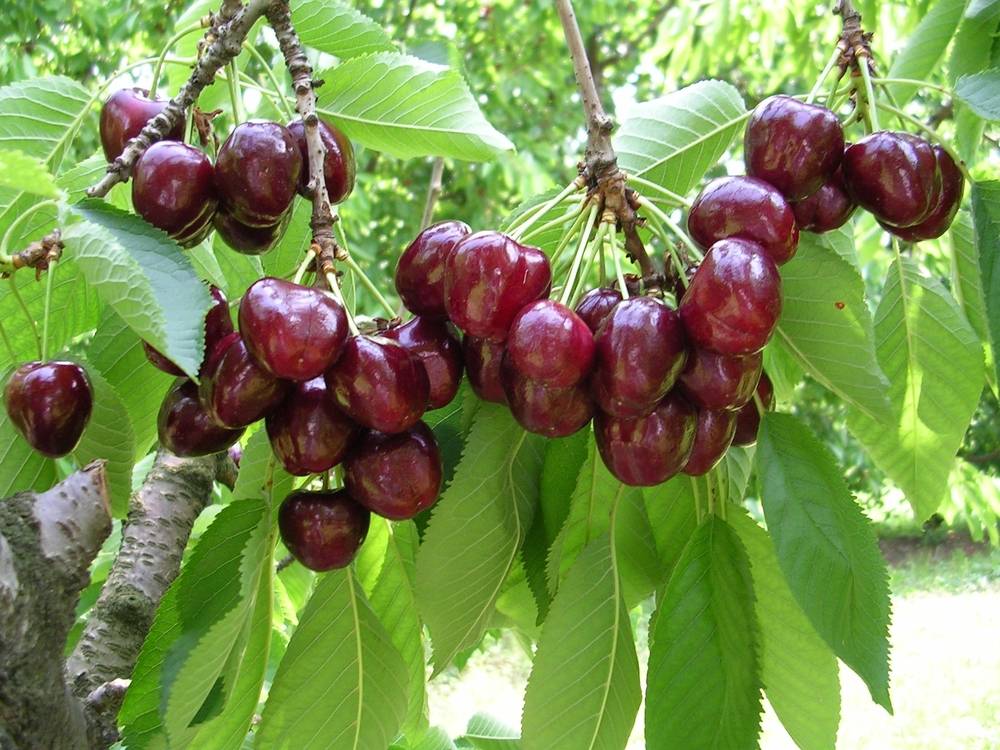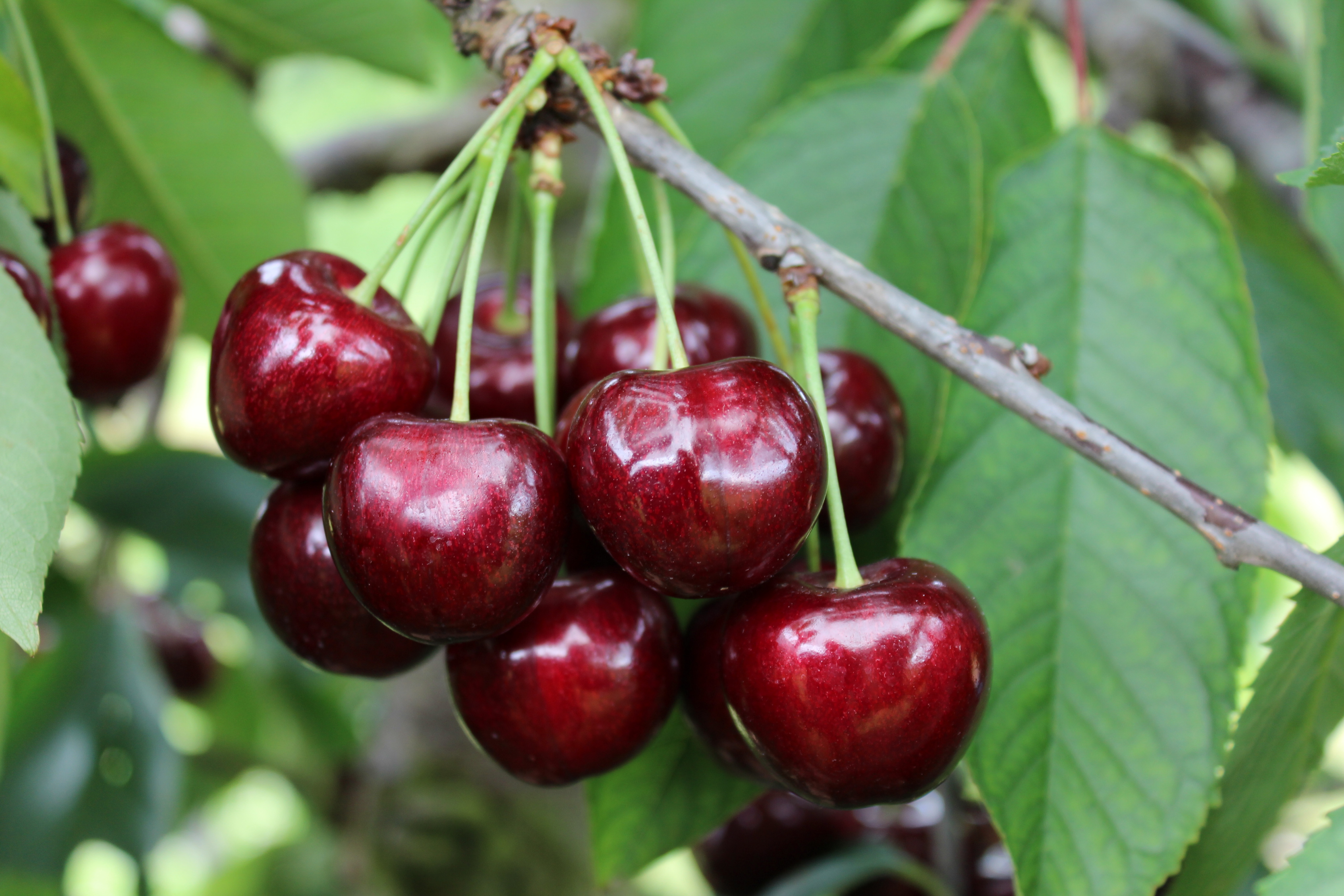Edible coatings represent a sustainable alternative solution to preserve the properties of fruit and prevent waste caused by rapid spoilage during storage.
The investigation conducted in collaboration between the University Center of Pitesti (Romania), Erciyes University (Turkey), and Sivas Cumhuriyet University (Turkey) tested the effect of various natural-based solutions on cherries.
The aim of these post-harvest applications is to preserve the quality characteristics of the fruits to extend their shelf life as much as possible.
To this end, various colloidal mixtures have been created using a coating based on selenium and chitosan, as well as thyme essential oil.
Coating components and their effects
Chitosan is a polysaccharide frequently used in edible coatings because it can limit respiration and transpiration by forming a selectively permeable film on the fruits.
The main source of selenium, a trace element essential for human life, is the nutrients in the diet.
The inorganic salt forms, sodium selenite and sodium selenate, are widely used in dietary supplements.
Within permissible limits, selenium microparticles exhibit reduced cytotoxicity towards higher organisms, but these particles are also highly bioactive, suppressing bacteria, fungi, and ultimately cancer cells.
Antimicrobial properties and testing conditions
Essential oils, finally, have antimicrobial effects and are widely used to prevent microbial spoilage.
The quality of "0900 Ziraat" sweet cherry fruits after harvest was examined at 0, 5, 10, 15, and 20 days after the fruits were coated with an edible colloidal solution and stored at 4 °C and 21 °C for 20 days.
The coating treatments showed favorable results in delaying weight loss caused by extended storage time compared to the control fruits.
Edible coatings composed of selenium microparticles and chitosan have demonstrated beneficial effects in reducing decay and preventing the decrease in color, pulp firmness, and total phenolic content of fruits under storage conditions.
Storage improvements and future applications
Edible coatings significantly increased the shelf life of cherries by at least five days, taking into account the degradation rate of products stored at 21 °C.
The combination of chitosan colloidal solution and selenium colloidal solution not only reduced the ripening rate and weight loss but also preserved freshness by reducing respiration.
Similar results were also obtained with the coating composed of chitosan colloidal solution and selenium colloidal solution with thyme essential oil, which additionally preserved the antioxidant capacity of the fruits.
Chitosan microparticles in combination with selenium have proven effective in the production of edible coatings.
Conclusion and potential development
It has been determined that the new food coating agents are effective in slowing down changes in the physical and biochemical properties of sweet cherries and in improving post-harvest storage conditions.
Starting from the data obtained from this study, it will be possible to design new compounds that can be used as edible coatings to extend the post-harvest phase of the fruits and, therefore, reduce waste.
Source: Yıldız, E.; Hancı, F.; Yaman, M.; Popescu, G.C.; Popescu, M.; Sümbül, A. Edible Micro-Sized Composite Coating Applications on Post-Harvest Quality of Sweet Cherry Fruits. Horticulturae 2025, 11, 303. https://doi.org/10.3390/horticulturae11030303
Image Source: Yıldız et al, 2025
Melissa Venturi
University of Bologna (ITA)
Cherry Times - All rights reserved












